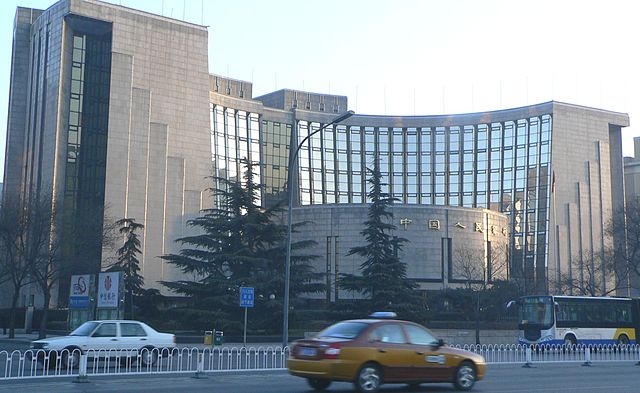The People Bank of China recently stated that RRR will be lowered by 50bp effective 1 March 2016. This move was taken by the PBoC just after the G20 meeting and Governor Zhou's comment regarding prudent but moderately loose monetary policy. However, this decision comes before the country's annual NPC meeting, before which the central bank is likely under pressure to ease. Moreover, the reduction in RRR took place on back of temporarily steadying CNY expectations, weak January PMIs and trade, and liquidity pressures coming from maturing OMOs, and also sizable stock market correction.
"PBoC's move matches our baseline monetary policy forecasts of two 50bp RRR cuts and two 25bp benchmark interest rate cuts in H1 2016, and should help to support market sentiment in the near term, in our view. Following the latest move, we add another 50bp RRR cut (a total of 100bp), and continue to look for two rate cuts (25bp each in Q1 and Q2 respectively) in H1 2016", says Barclays.
The expected further easing of monetary policy is based on certain factors; firstly, the bearish view regarding economic fundamentals, such as worries regarding deflation risks, below-consensus GDP growth forecast and the self-fulfilling downward spiral on investment, corporate profit and effective demand; secondly the view of continuous liquidity pressures and upward pressures on interest rates because of huge local government debt swap, persistent capital outflows, expectations of additional proactive fiscal policy and consequently additional supply of government bonds; and lastly the lack of confidence for 'fiscal stimulus' to be implemented effectively and executed to stimulate growth.
"Risks to our 6.0% baseline GDP growth forecast in 2016 remain tilted to the downside", says Barclays.
The Chinese central bank's latest easing is consistent with persistent below projected economic activity and downside threats to growth. China has posted disappointing foreign trade data, while the flash February PMIs for Japan and the US indicated a sharp drop, stressing on the uncertainty of global demand for China's exports. The Jan-Feb industrial production growth data is likely to moderate further. Meanwhile, the reduction in RRR will release about CNY 600-700 billion of liquidity.
However, even if the Chinese government is expected to announce additional fiscal measures in 2016, the impact is not expected to reverse the growth moderation trend. Overall, the PBoC's move showed the government's need to stabilise growth and to clam the market before the NPC.
China’s central bank lowers RRR, likely to further lower rates in H1 2016

Tuesday, March 1, 2016 6:49 AM UTC
Editor's Picks
- Market Data
Most Popular



 If the RBA’s right, interest rates may not fall for another year. Here’s why.
If the RBA’s right, interest rates may not fall for another year. Here’s why.  Why central banks should stop raising interest rates
Why central banks should stop raising interest rates  Sure, the RBA froze interest rates on Tuesday, but there's plenty of pain to come
Sure, the RBA froze interest rates on Tuesday, but there's plenty of pain to come  What central banks are doing to safeguard financial stability and why they must proceed with caution
What central banks are doing to safeguard financial stability and why they must proceed with caution  Bank of England interest rate rise: why this could be the last increase for a while
Bank of England interest rate rise: why this could be the last increase for a while  Why central banks are too powerful and have created our inflation crisis
Why central banks are too powerful and have created our inflation crisis 































